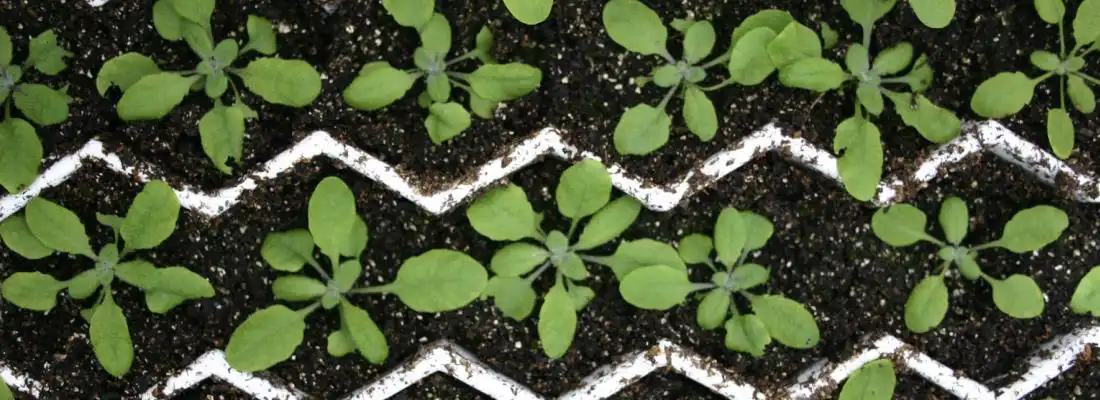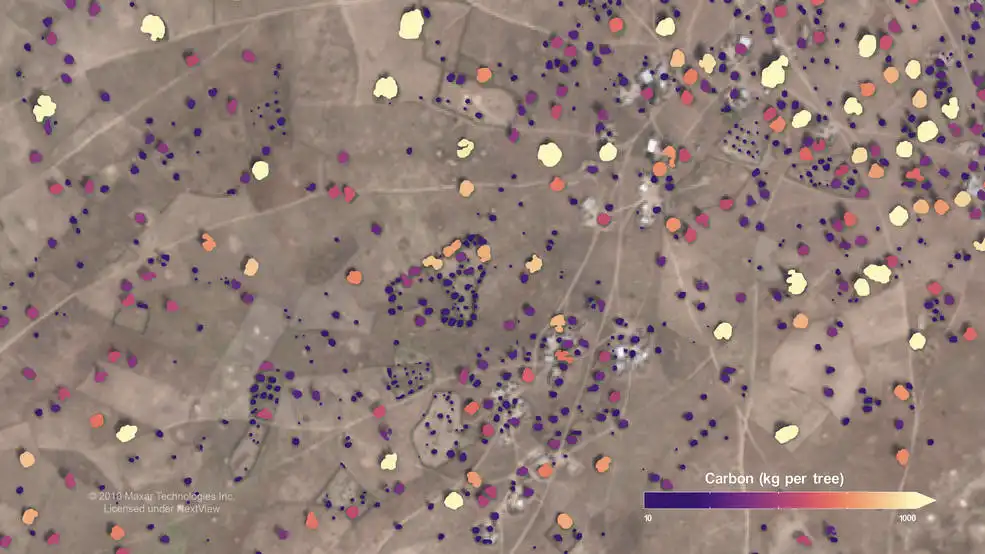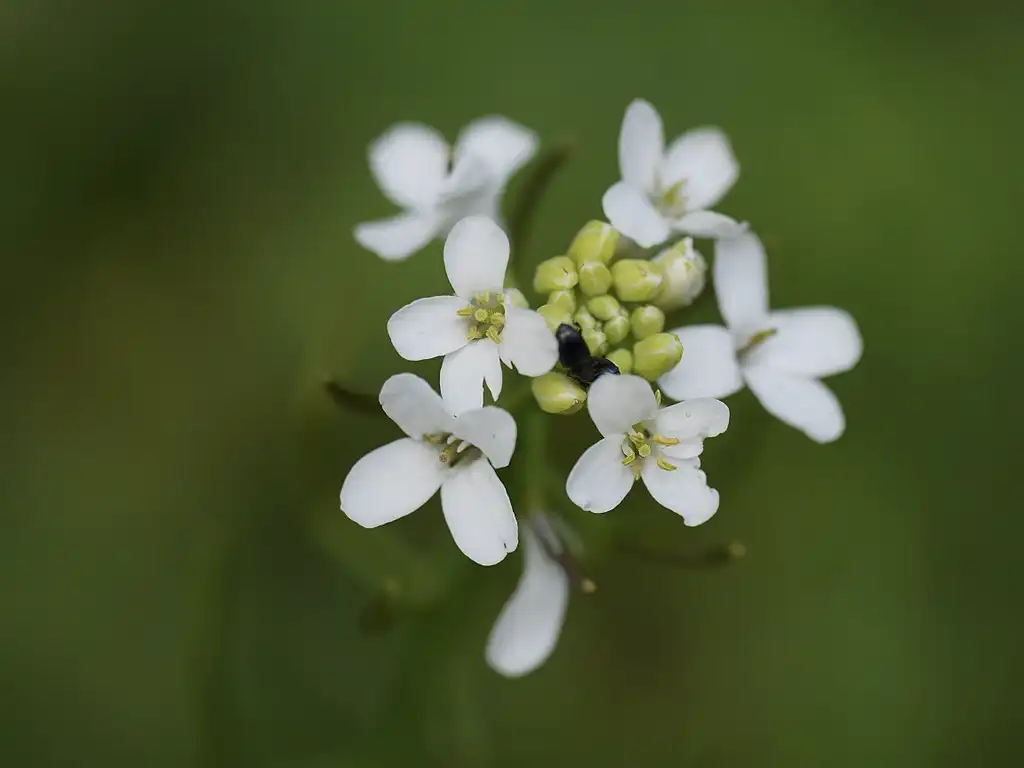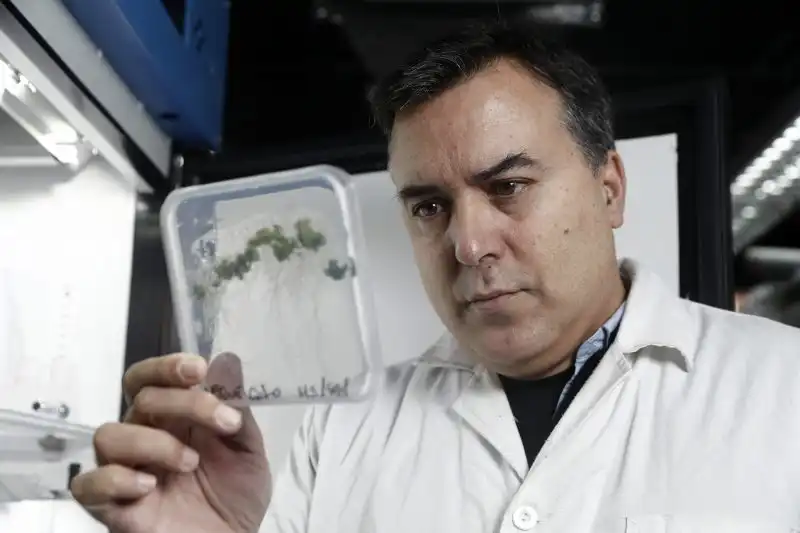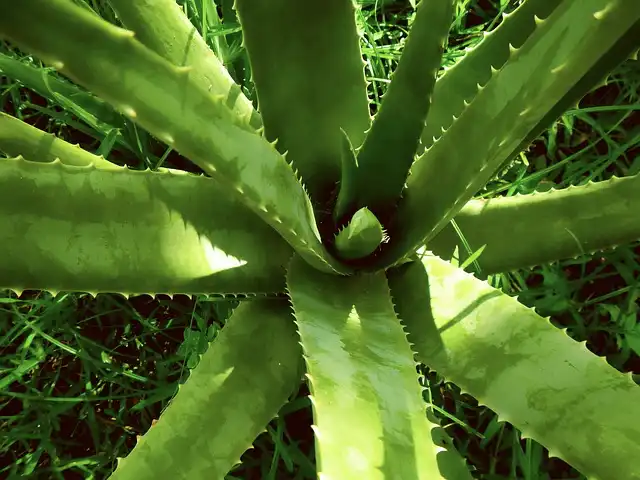
Aloe vera is a well-known plant species from the genus Aloe used throughout the globe in wide range of products from creams and soaps to drinks and over-the-counter products. The genus Aloe has been used in traditional medicine for centuries,…
Read More





